Space debris risks naturally pose a growing threat to space exploration and Earth’s future. This escalating problem, often referred to as Kessler Syndrome, could render Earth’s orbit unusable for future space missions and technologies. The constant influx of space-related activities raises concerns about the potential risks, and space debris risks are a key concern. Consequently, effective strategies for sustainable space exploration are needed.
Table of Contents
Moreover, the sheer volume of objects orbiting Earth, both visible and invisible, creates a potential for collisions, leading to the generation of even more debris. This escalating problem, often referred to as Kessler Syndrome, could eventually render Earth’s orbit unusable for future space missions and technologies. Understanding these challenges is crucial for responsible space exploration and ensuring the long-term sustainability of our cosmic endeavors. Space debris risks are a key concern.
We also Published
“The future belongs to those who believe in the beauty of their dreams.” – Eleanor Roosevelt
Getting Started with Space Exploration and its Environmental Impact
Space exploration, a field brimming with exciting discoveries, also presents significant challenges. From the awe-inspiring launches of rockets like SpaceX Starship, designed for future human missions to Mars, to the sonic booms they produce, the pursuit of cosmic wonders often intertwines with environmental concerns. This exploration delves into the complex interplay between space endeavors and the planet we inhabit, examining the implications of space debris and its potential impact on Earth’s systems. Understanding these challenges is crucial for responsible space exploration and ensuring the long-term sustainability of our cosmic endeavors.
The constant influx of space-related activities raises important questions about the potential risks associated with these endeavors. One key concern is the growing presence of space debris, a significant threat to both astronauts and satellites. The sheer volume of objects orbiting Earth, both visible and invisible, creates a potential for collisions, leading to the generation of even more debris. This escalating problem, often referred to as Kessler Syndrome, could eventually render Earth’s orbit unusable for future space missions and technologies.
The challenges of space exploration extend beyond the immediate risks posed by debris. The noise pollution from powerful rockets, like the sonic booms produced by SpaceX Starship, is also a concern. New research highlights the potential environmental impact of these loud noises, including potential hearing damage and other risks. These issues underscore the need for careful consideration of the environmental footprint of space exploration and the development of more sustainable practices.
Moreover, the growing volume of space launches and the resulting increase in space debris raises concerns about the future of space travel and the utilization of space-based technologies. The ongoing proliferation of objects in orbit could lead to a situation where space is no longer a safe or viable environment for various activities, including the operation of satellites and the execution of space missions. This emphasizes the need for a proactive approach to manage space traffic and prevent a potentially catastrophic scenario.
Winning Strategies for Sustainable Space Exploration
Implementing effective strategies for sustainable space exploration is paramount. One crucial aspect involves minimizing the generation of space debris. This can be achieved through the development of more robust spacecraft designs, improved de-orbiting procedures, and international cooperation to track and manage space debris. These measures are essential to mitigate the risks associated with space debris and prevent a cascading effect that could render space unusable.
Another key strategy focuses on minimizing the environmental impact of space launches. This includes developing quieter rocket engines, optimizing launch trajectories, and exploring alternative propulsion systems. These innovations are crucial to reducing the noise pollution associated with space launches and minimizing potential harm to the environment. Developing and implementing these strategies is essential to ensure the long-term sustainability of space exploration.
Furthermore, international collaboration is vital for addressing the challenges of space exploration. Sharing data, coordinating research efforts, and establishing clear guidelines for space activities can help to ensure responsible and sustainable practices. This collaborative approach can lead to the development of innovative solutions to mitigate the risks associated with space debris, noise pollution, and other environmental concerns. International cooperation is essential to address the global nature of space exploration.
Ultimately, winning strategies for sustainable space exploration require a multifaceted approach. This includes technological advancements, proactive management of space debris, and international cooperation to establish clear guidelines and regulations. By prioritizing environmental considerations, space exploration can continue to thrive while minimizing its impact on Earth’s systems. This approach is essential for the future of space exploration.
Insider Tips for Mitigating Space Debris Risks
To mitigate the risks associated with space debris, a crucial insider tip is to design spacecraft with enhanced survivability features. These features could include advanced collision avoidance systems, stronger structural components, and more robust thermal protection systems. This proactive approach is essential to minimize the potential for damage to spacecraft and the generation of additional debris.
Another valuable insider tip involves developing effective de-orbiting strategies for spacecraft at the end of their operational lifecycles. This includes using advanced propulsion systems to steer spacecraft into controlled re-entry or disposal orbits. These strategies are essential to prevent the creation of uncontrolled space debris and minimize the potential for collisions.
Furthermore, implementing comprehensive space surveillance systems is essential. These systems would track and monitor all objects in orbit, providing crucial data for collision avoidance and debris management. This proactive approach can help prevent collisions and minimize the risk of generating more space debris. Developing and implementing these systems is essential for mitigating risks.
Finally, promoting international cooperation and data sharing is crucial. This includes sharing information on space debris trajectories, potential collision risks, and best practices for debris mitigation. This collaborative approach can help to ensure that all stakeholders have access to the necessary information to make informed decisions and prevent future collisions. International cooperation is key to mitigating space debris.
Pro Tips for Future Trends in Space Exploration
A key pro tip for future trends in space exploration is to prioritize the development of reusable spacecraft and rocket systems. This approach can significantly reduce the amount of space debris generated and minimize the environmental impact of space launches. Implementing these systems is essential for sustainable space exploration.
Another crucial pro tip involves investing in advanced space debris removal technologies. This includes developing robotic systems and other innovative approaches to capture, de-orbit, or destroy space debris. These technologies are essential to mitigate the risks associated with space debris and maintain a safe and sustainable space environment.
Furthermore, promoting international collaboration and the development of clear guidelines for space activities is essential. This includes establishing international treaties and agreements to regulate space activities and minimize the generation of space debris. This proactive approach is essential for the future of space exploration.
Finally, fostering public awareness and education about space exploration and its implications is crucial. This includes disseminating information about the challenges and opportunities of space exploration, promoting responsible space practices, and engaging the public in discussions about the future of space. This approach is essential for ensuring the long-term sustainability of space exploration.
| Topic | Summary/Details |
|---|---|
| Space Exploration and Environmental Impact | Space exploration, while exciting, presents environmental challenges, including space debris (like that from SpaceX Starship), noise pollution from rocket launches, and potential collisions. Kessler Syndrome is a concern, as increasing debris could render orbit unusable. |
| Sustainable Space Exploration Strategies | Minimizing space debris generation (through better spacecraft design, de-orbiting procedures, and international cooperation) and minimizing the environmental impact of launches (quieter engines, optimized trajectories, alternative propulsion systems) are crucial. |
| Mitigating Space Debris Risks | Designing spacecraft with enhanced survivability features, developing effective de-orbiting strategies, and implementing comprehensive space surveillance systems are essential. International cooperation and data sharing are vital. |
| Future Trends in Space Exploration | Prioritizing reusable spacecraft and rocket systems, investing in advanced space debris removal technologies, promoting international collaboration, and fostering public awareness are key future trends for sustainable space exploration. |
| Key Concerns | Space debris, noise pollution (sonic booms), and Kessler Syndrome are significant concerns related to the environmental impact of space exploration. |
| International Cooperation | Essential for managing space traffic, sharing data, and coordinating research efforts to address the global nature of space exploration. Critical for sustainable practices. |
Sustainable Space Exploration: Navigating the Risks of Space Debris
- Space debris poses a significant threat: The increasing amount of space debris, both visible and invisible objects orbiting Earth, creates a high risk of collisions, generating even more debris. This escalating problem, known as Kessler Syndrome, could render Earth’s orbit unusable for future space missions and technologies. Understanding this risk is crucial for responsible space exploration.
- Environmental impact of space exploration: The environmental impact of space exploration extends beyond debris. Sonic booms from powerful rockets like SpaceX Starship are a concern, potentially causing noise pollution and other environmental damage. Developing more sustainable practices is vital.
- Strategies for sustainable space exploration: Minimizing space debris is key. This involves improved spacecraft designs, better de-orbiting procedures, and international cooperation to track and manage space debris. Minimizing the environmental impact of launches through quieter engines and alternative propulsion systems is also crucial.
- International collaboration is essential: Sharing data, coordinating research, and establishing clear guidelines for space activities are critical to ensure responsible and sustainable practices. This collaborative approach is vital to address the global nature of space exploration.
- Mitigating space debris risks: Designing spacecraft with enhanced survivability features, developing effective de-orbiting strategies, and implementing comprehensive space surveillance systems are essential to prevent collisions and minimize the generation of more space debris.
- Future trends in space exploration: Prioritizing reusable spacecraft and rocket systems, investing in advanced space debris removal technologies, and promoting international collaboration and clear guidelines are vital for a sustainable future of space exploration.
We also Published
RESOURCES
- Space debris as environmental threat and the requirement …
- Explainer: What Is Space Junk and How Does It Affect …
- Space Debris
- Space Debris Mitigation Guidelines of the Committee on …
- Space Debris: About, Threats, Challenges & More
- The rising flood of orbital debris is a risk to us on Earth
- Space Debris – Meaning, Management, Removal Projects
- 5 Things You Should Know about Orbital Debris
- Space debris: Assessing risk and responsibility
- Q+A What is orbital debris and how dangerous is it?
- Tackling the growing risks of orbital debris in Earth orbit

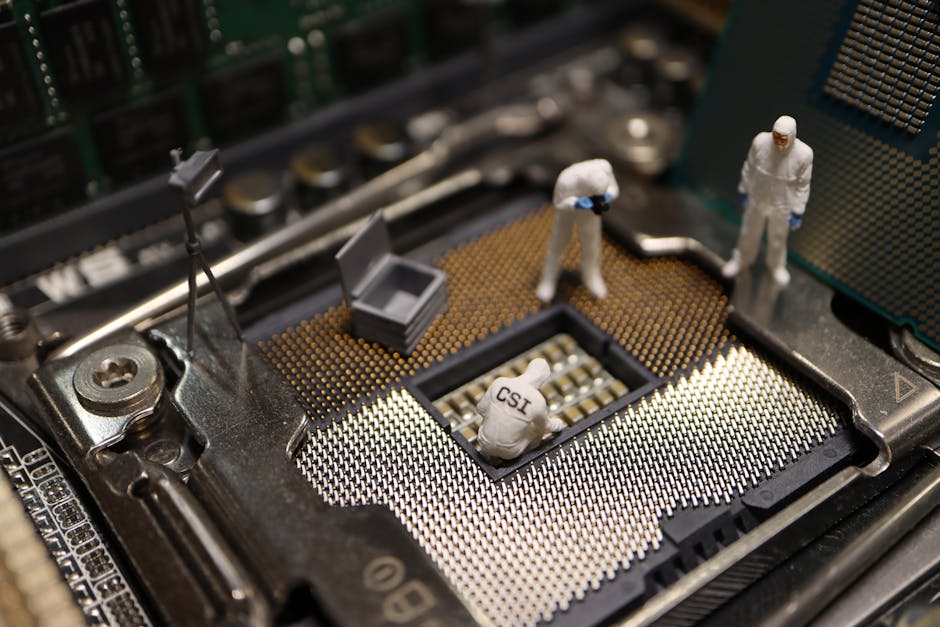
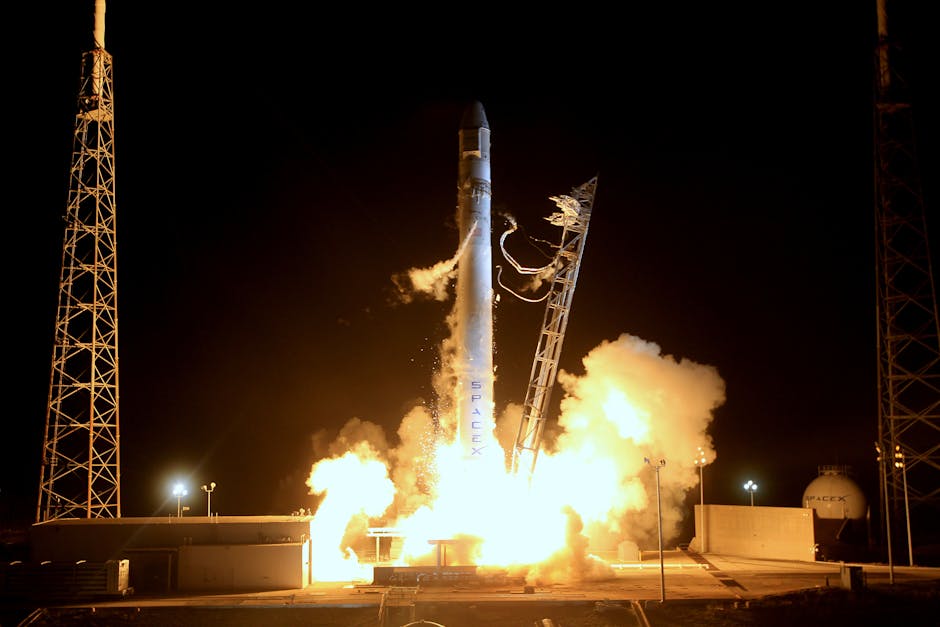
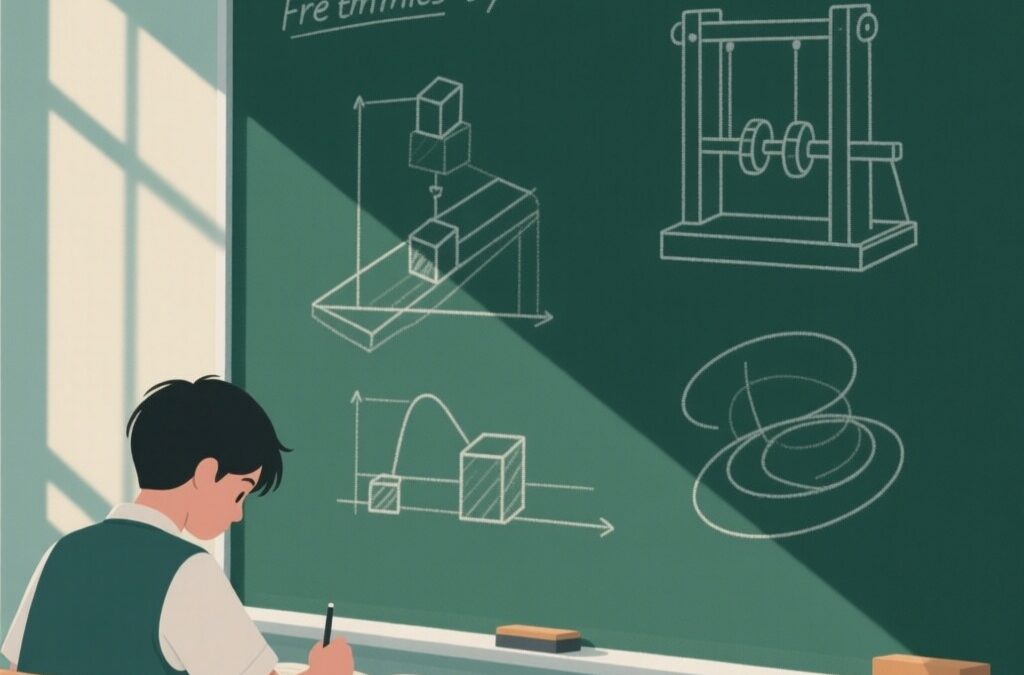
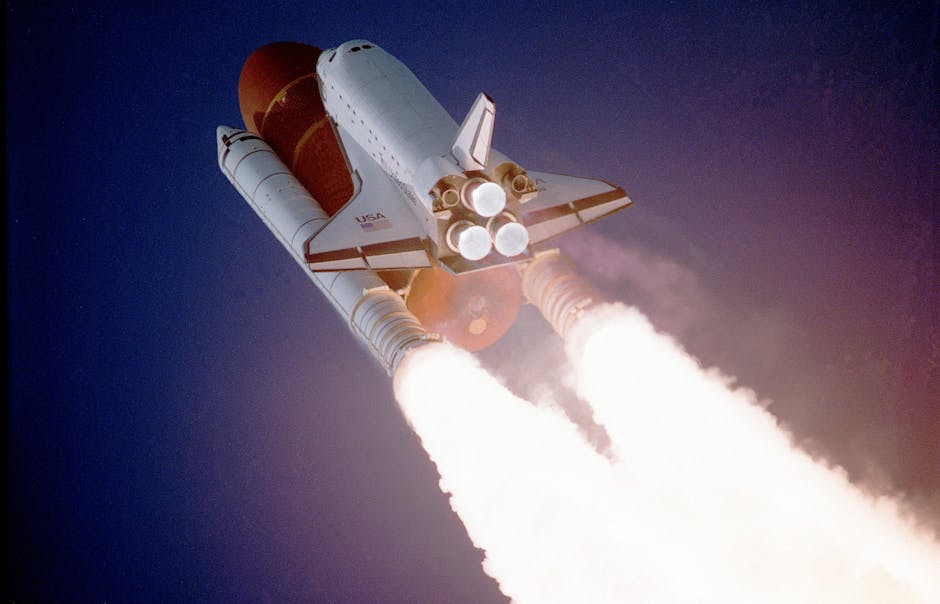
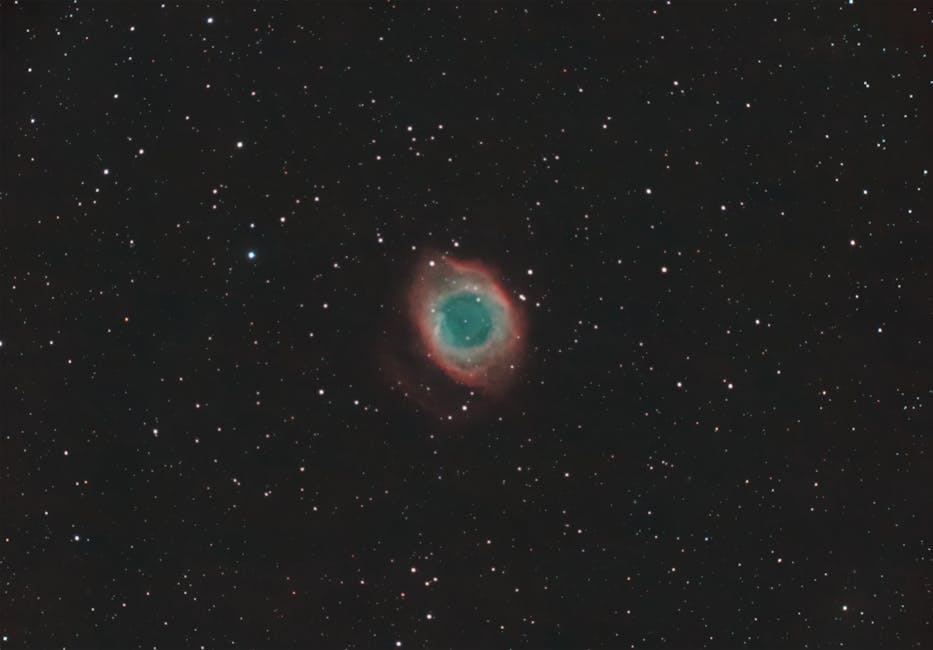

0 Comments